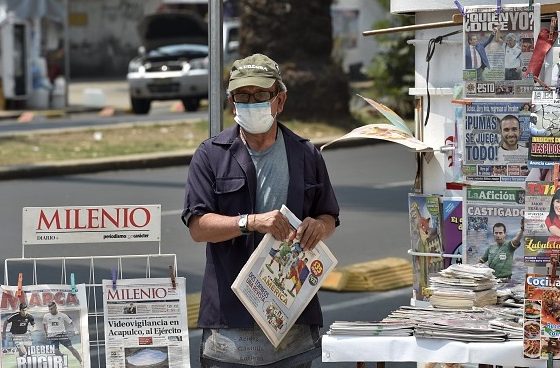ON A BAD DAY, YOU CANNOT SEE forever in Mexico City.
That’s how it has been lately, ever since the city government rang the alarm bells over its air pollution, as it surpassed the recommended ozone limits set by the World Health Organization. It was the first time such alarms went off in more than a decade. The city banned cars, old and new, from roads once a week, along with other measures that will continue until June and perhaps longer.
